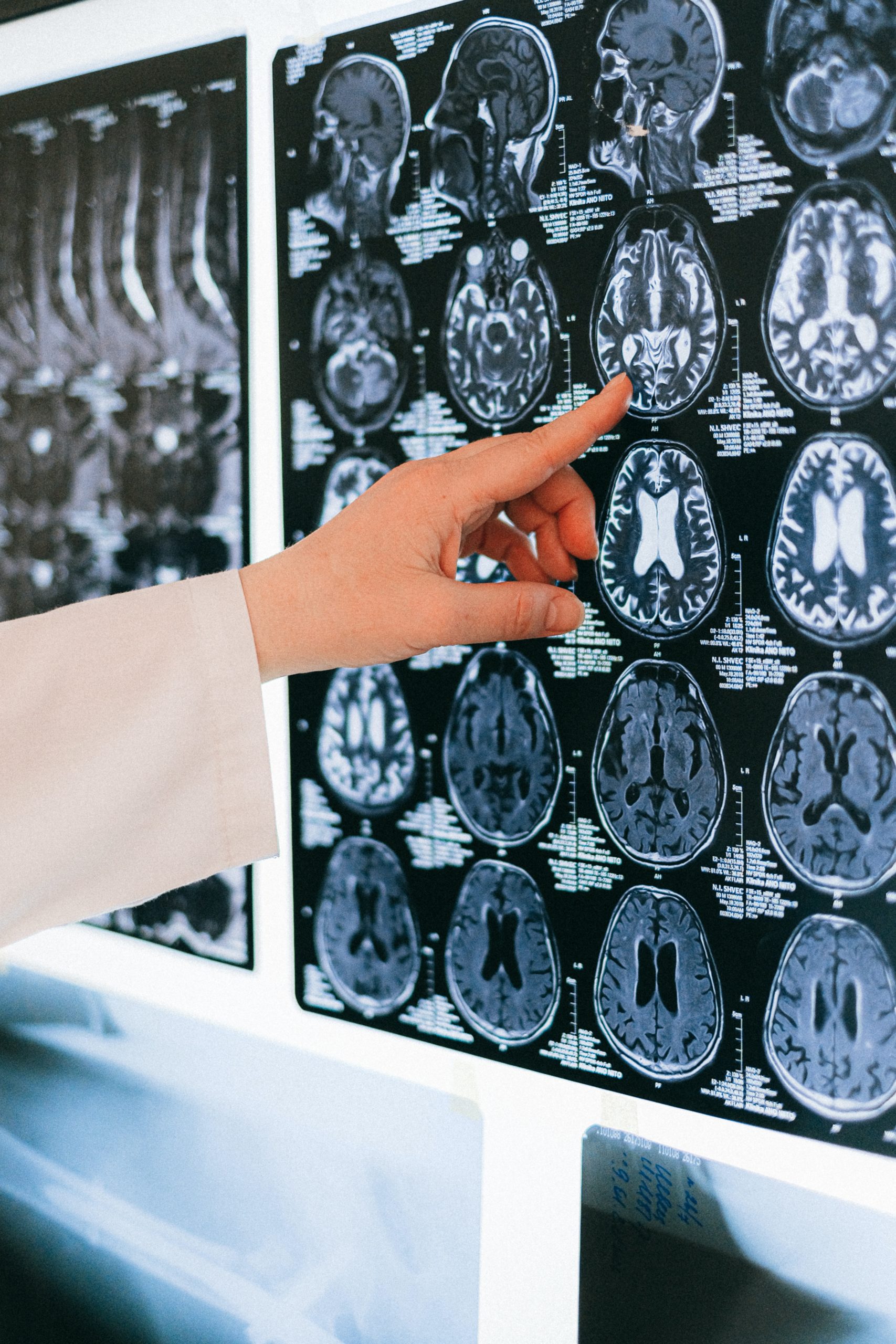March is National Brain Injury Awareness Month
The month of March in the United States is National Brain Injury Awareness Month. Brain injuries can occur from a fall, a forceful impact to the head, or penetration of the head by a sharp object. The CDC estimates that there are 5.3 million people in the United States who live with disabilities resulting from a brain injury. That’s 2 percent of the total U.S. population. Despite the number of brain injuries across the United States, many are at a loss as to how to relate to these injured people, which is one of the reasons Brain Injury Awareness Month was created.
Brain Injury Awareness Month was established in 1980. The Brain Injury Awareness Association tackles aspects of policy and advocacy, law and justice, and medical response and research as they relate to brain injuries. Brain injuries occurring after birth are classified into two broad categories. Acquired brain injury can be the result of a tumor, lack of oxygen, or another condition that affects the brain. Traumatic brain injury is the result of external force or impact.
Traumatic Brain Injury Statistics
According to the brain injury branch of the CDC, there were about 223,050 serious, or traumatic brain injury-related hospitalizations in 2018, and 60,611 traumatic brain injury deaths in 2019. These numbers do not include the traumatic brain injuries that are only treated in the ER, urgent care, or those that go largely untreated. Males are at least twice as likely to be hospitalized, and three times as likely to die from a traumatic brain injury, as females. Older Americans are disproportionately affected by traumatic brain injuries due to falls. Among those over the age of 75, fall-related traumatic brain injuries often result in death.

Concussions Can Also Cause Long-term Cognitive, Physical, and Emotional Issues
In addition to traumatic brain injuries, there are concussions—less serious, but still causing serious problems for millions of people. Since many concussions go untreated, CDC experts estimate that 1.6 to 3.8 million sports and recreation-related concussions occur each year. Add to that number the concussions resulting from falls, and you can see how common brain injuries really are.
How Are Brain Injuries Medically Evaluated?
The treatment of a head injury will depend on the age of the patient, the patient’s condition, and the type of head injury. To assess the severity of a head injury, the following imaging tests are used:
- X-rays will expose the head to a dose of ionizing radiation to produce a picture. For head injuries, x-rays are primarily used to detect a skull fracture.
- CT Scans (Computed Tomography) combine sophisticated computers with special x-ray equipment to produce pictures of the head and brain. A CT scan can detect skull fractures, brain swelling, bleeding in the brain, and brain injury.
- MRI (Magnetic Resonance Imaging) scans use a computer, radiofrequency pulses, and a powerful magnetic field to produce detailed pictures of the brain and other parts of the body. There are special MR scanning techniques for the brain including diffusion-weighted imaging, MR spectroscopy, and diffusion tensor imaging that can show brown injuries that might not be apparent on a more typical MRI scan.
These tests should be performed at a radiology center that has the most up-to-date equipment but also highly trained and skilled technicians to ensure the results of these tests are correct.
Schedule Your Radiology Procedure Today
At ImageCare Radiology, we offer a variety of diagnostic imaging services to help diagnose, treat, and medically manage brain injuries. These imaging services include MRIs, CT Scans, and other neurological imaging. If your doctor has requested any type of imaging service to help you diagnose your issues, give us a call today at 973-871-3333 to schedule an appointment or complete our convenient online appointment request form.